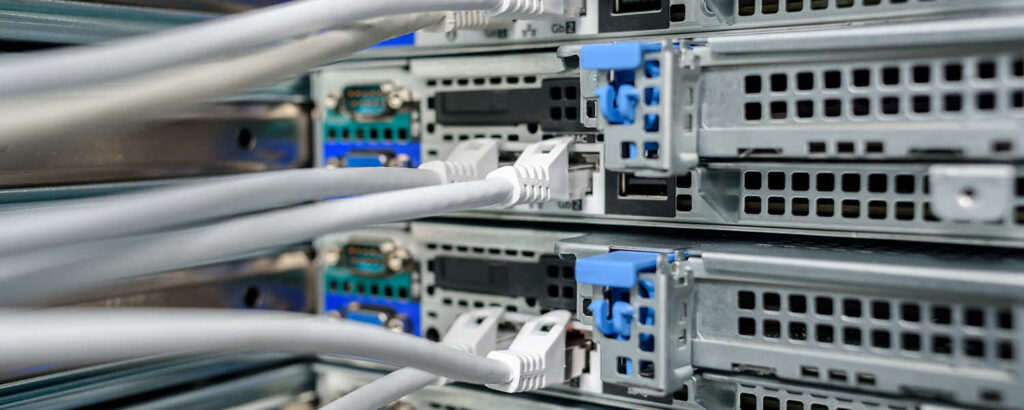Introduction
For the protection of the network and our customers, Smartcom blocks certain ports. Learn which ports are blocked and why.
List of ports that are blocked
The ports listed below are blocked to protect against common viruses and worms, malicious intruders, and other security risks. These ports are blocked to protect our customers and the integrity of the Smartcom Network; these blocks cannot be lifted.
| Port | Transport | Protocol | How and why it’s blocked |
|---|---|---|---|
| 0 | TCP | N/A | Inbound and outbound, blocked by default.Port 0 is a reserved port, which means it should not be used by applications. Network abuse has prompted the need to block this port.E |
| 68 | UDP | BOOTP/DHCP | Inbound only, blocked by default. Used to obtain dynamic Internet protocol (IP) address information from Smartcom’s dynamic host configuration protocol (DHCP) server that assigns IP addresses to customer computers. DHCP ports can be used for malicious attacks, such as obtaining access to a computer or network and its devices. |
| 135-139 | TCP/UDP | NetBIOS | Inbound and outbound, blocked by default. Allows file sharing over networks. When improperly configured, they can expose critical system files or give full file system access (run, delete, copy) to any malicious intruder connected to the network. |
| 161-162 | TCP/UDP | SNMP | Inbound and outbound, blocked by default. SNMP is vulnerable to reflected amplification distributed denial of service (DDoS) attacks. |
| 445 | TCP | MS-DS-SMB | Inbound and outbound, blocked by default. Security risks; vulnerable to attacks, exploits, and worms (such as Sasser and Ninder). |
| 520 | TCP/UDP | RIP | Inbound and outbound, blocked by default. Vulnerable to malicious route updates, which provide several attack possibilities. |
| 1080 | TCP | SOCKS | Inbound only, blocked by default. Multiple vulnerabilities (viruses, worms, DoS attacks). |

